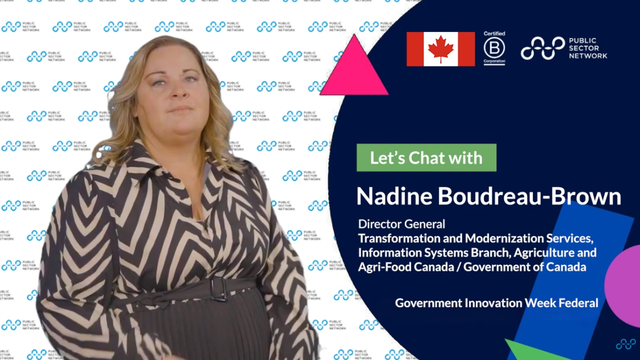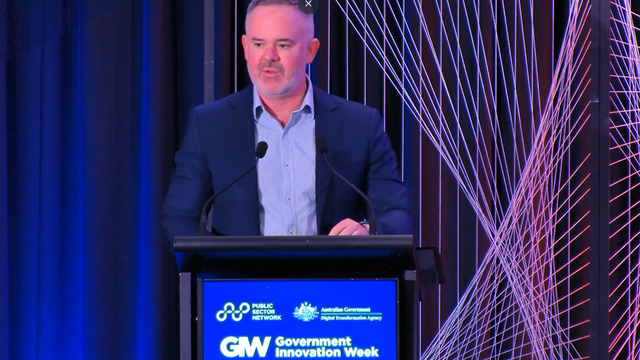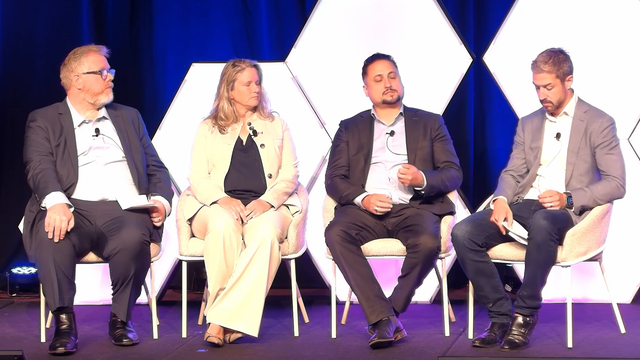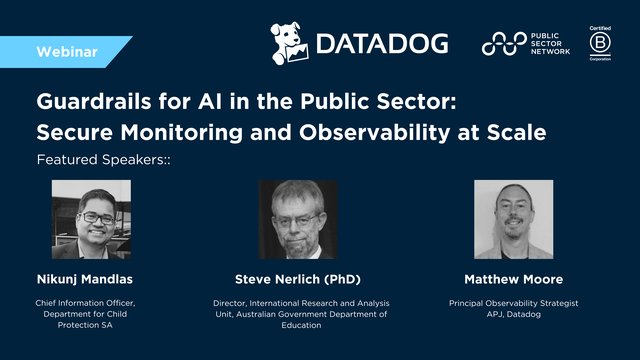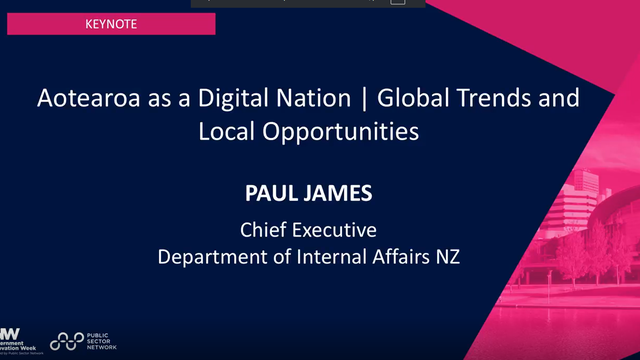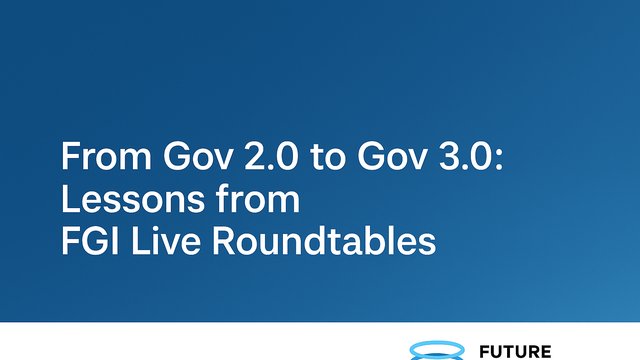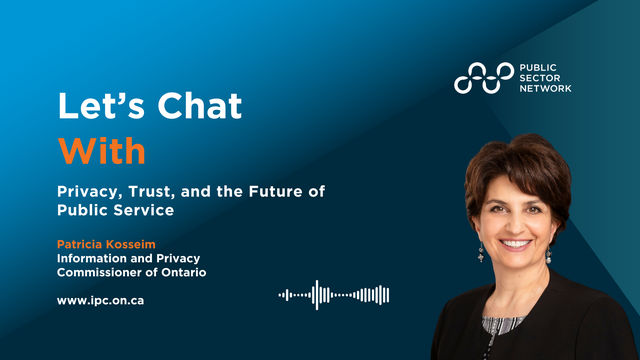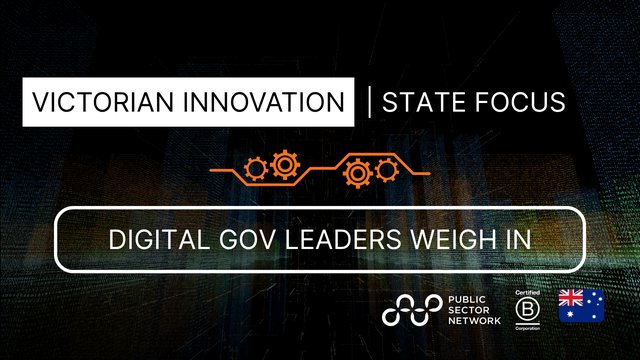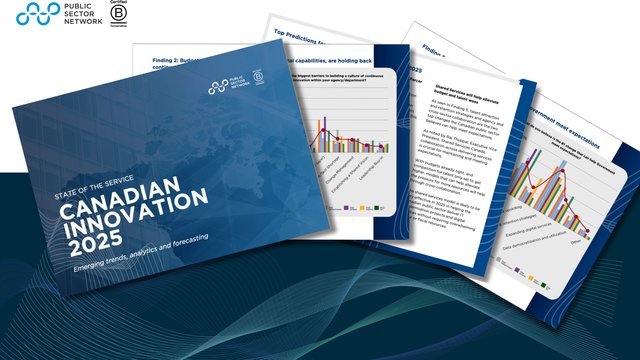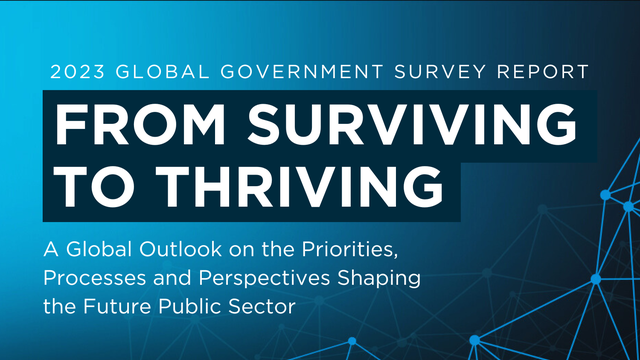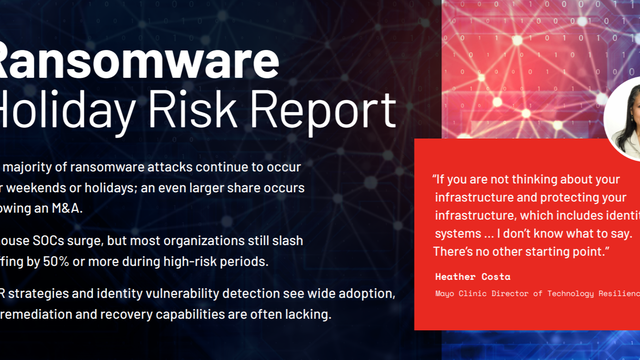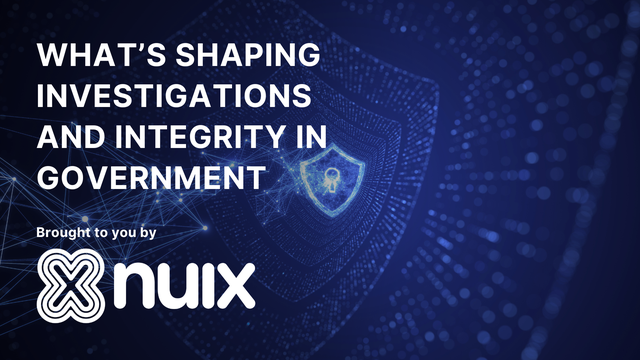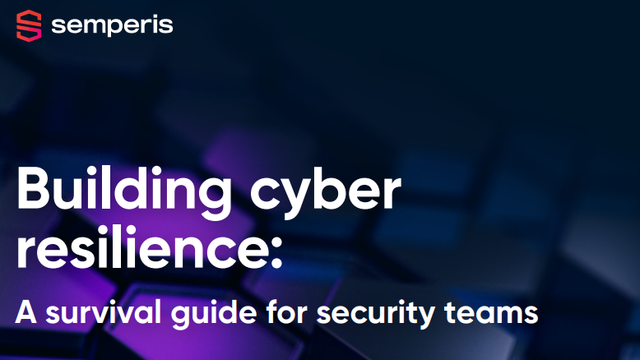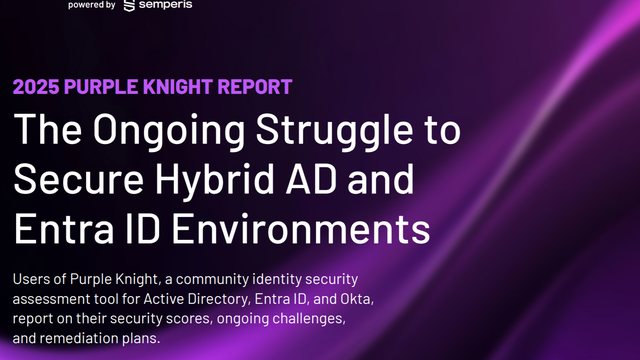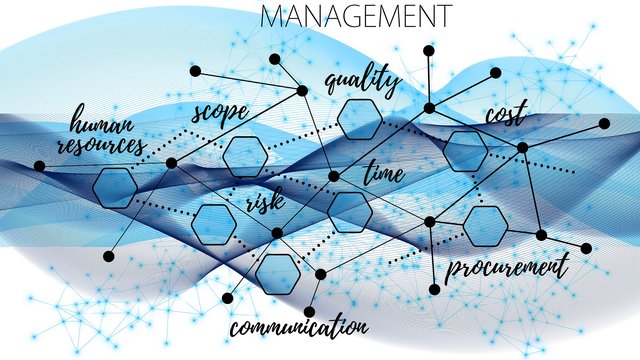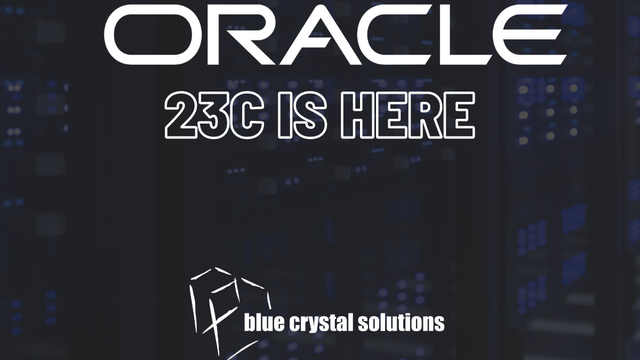
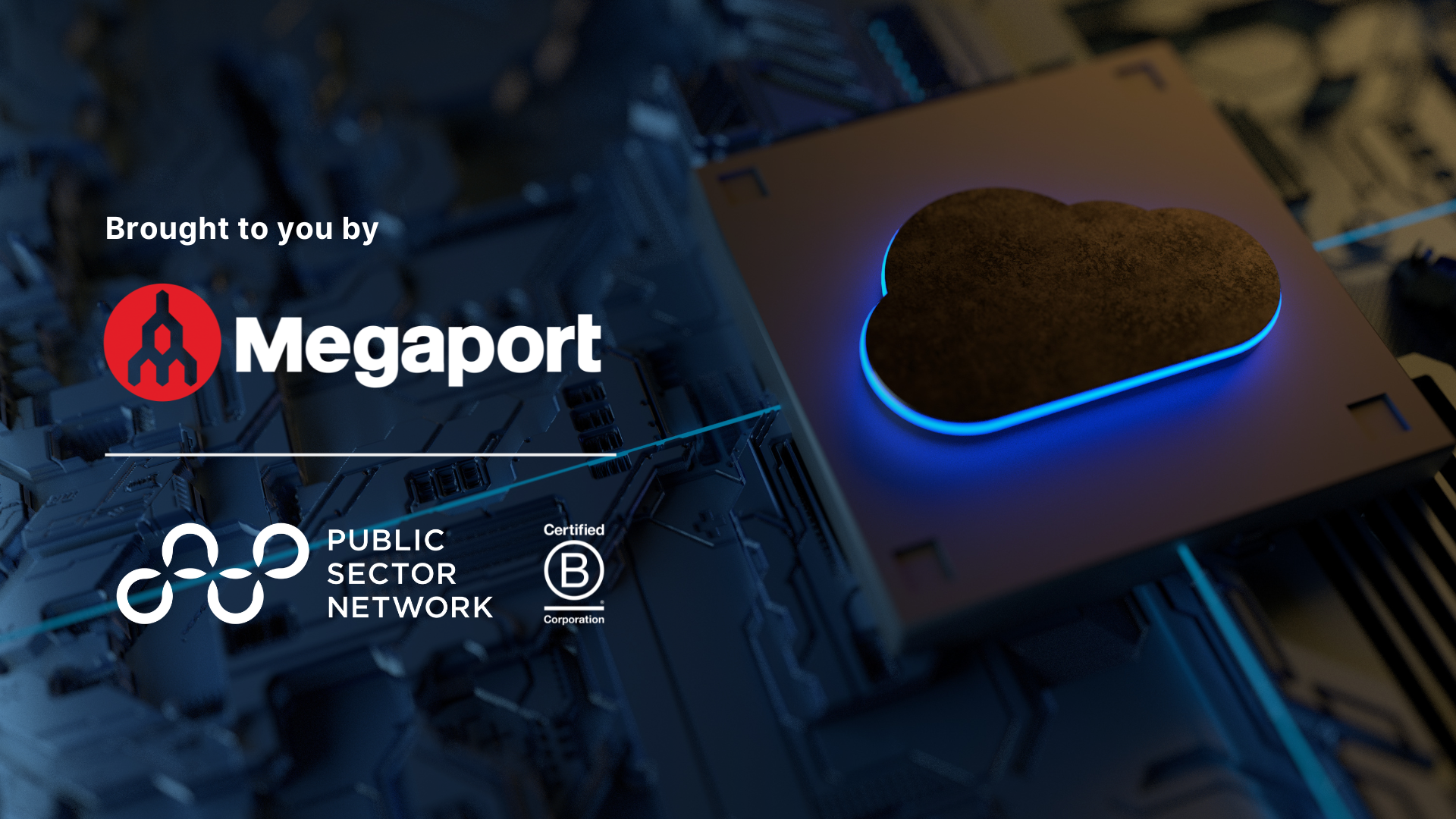
As digital transformation accelerates across the public sector, Australian government agencies face a complex challenge: how to modernise IT infrastructure while safeguarding sovereignty, strengthening security, and maintaining compliance.
While cloud services offer scalability and innovation, they also introduce risks, especially when public institutions must uphold stringent regulatory standards.
To meet this moment, agencies must rethink how infrastructure is built, connected, and governed. At the heart of this shift is a critical foundation: data sovereignty.

Sovereignty Is a Strategic Imperative
In an interconnected world, the location and control of data matter more than ever. Government agencies handle sensitive datasets such as citizen records, critical operational data, and inter-agency intelligence. These must remain within national borders and under Australian jurisdiction.
As discussed in the recent Navigating the Future of Government IT webinar, Peter McMillan, Principal Product Owner GovDC / GSN, NSW Department of Customer Service emphasised the growing focus on "knowing where your data resides and how it's protected", including understanding cloud vendor policies and international obligations. Jason Bordujenko, Global Head Channel Solution Architecture, Megaport expanded this by urging agencies to adopt a “trust but verify” mindset: interrogating providers on infrastructure location, data transit paths, and encryption methods.
The Protective Security Policy Framework (PSPF) sets out clear obligations for protecting data from storage to transmission and access. As noted in the PSPF (2024), controls must be proportionate to business criticality. This includes ensuring that “Australian Government information is appropriately secure, regardless of where it is stored or processed” (PSPF, Policy 5).

Connectivity Must Be Secure, Scalable, and Sovereign
Traditional thinking around IT security focused heavily on static infrastructure. But in today's hybrid, cloud-heavy environments, the connectivity layer is just as vital. As cloud becomes a default operating model, relying on the public internet can create blind spots such as lower performance, unpredictable latency, and increased exposure to cyber threats.
Jason Bordujenko stressed the value of dedicated, cloud-specific links (like AWS Direct Connect and Azure ExpressRoute) which avoid the unpredictability of public internet pathways. These types of private links improve security, but also support "observability", allowing government IT leaders to monitor traffic flows, detect anomalies, and manage risk.
This aligns with key findings from the ASD Cyber Threat Report 2023–24, which notes that “secure, high-assurance architectures reduce attack surfaces and increase resilience” (Australian Signals Directorate, 2024, p. 11). Maintaining control over data in motion is now as important as protecting it at rest.
.png)
Agility and Innovation Without Compromise
Future-ready government infrastructure must be built for resilience, adaptability, and continuity. Yet many agencies face tight budgets, legacy systems, and operational silos. Bill Fraser, Director Strategic Alliances & Business Development, APAC, Megaport, pointed out the common dilemma: “You don’t want to invest millions today and find out next week it’s already been superseded.”
This is where models like Network-as-a-Service (NaaS) provide unique advantages. By enabling agencies to spin up secure, high-speed links on-demand, they can experiment, prototype, and scale without costly long-term lock-ins. As Peter McMillan explained,
“We can spin up a link, test cloud integration, then stand it down - helping us innovate cheaply, securely, and efficiently.”
This agility matters not just for innovation, but also for responding to unexpected shocks, whether cyber incidents, natural disasters, or emerging technologies like AI. As McMillan added,
“People want trust in government, and ensuring that we keep their data secure and private is critically important.”
The Opportunity for Government Leaders
As Australia’s public sector modernises, leaders have a unique opportunity to reimagine how digital services are delivered, with sovereignty, security, and scalability at the core. Infrastructure decisions made today will shape operational flexibility, citizen trust, and compliance readiness tomorrow.
Megaport’s flexible, sovereign-aligned connectivity services are designed to support this mission, enabling seamless integration across data centres, clouds, and government environments.
Whether you’re seeking inspiration, benchmarking your own strategy, or evaluating next steps, now is the time to act. The future of government IT isn’t just about keeping up: it’s about moving ahead, securely and confidently.
Ready to Turn Strategy into Action?
You've seen why sovereignty, security, and scalability are critical to future-ready government IT. Now it's time to take the next step.
Explore how agencies are building resilient, compliant, and scalable networks in practice. Learn from government and industry leaders on implementing sovereign cloud access, securing data in motion, and architecting hybrid environments built for agility.
Read the next article:
Building Resilient Government IT: Strategies for Secure, Compliant, and Scalable Connectivity
References
- Australian Government Protective Security Policy Framework (2024) — www.protectivesecurity.gov.au
- Australian Signals Directorate Cyber Threat Report 2023–24 — www.cyber.gov.au
- Megaport: Enhancing Connectivity in Canberra — megaport.com
- ARNnet: Oracle Aus-Gov Cloud region with Megaport and ADC — arnnet.com.au
Published by
About our partner

Megaport
Smart, Simple, Accessible Connectivity. Megaport provides smart, simple, and accessible network connectivity so businesses can reach their potential. We help them build networks quickly and connect to what matters. The world’s largest companies use our global platform to deploy secure, reliable network connections in minutes instead of weeks. We partner with top cloud providers, data center operators, systems integrators, and managed service companies. Our intuitive tools simplify network management and help customers scale easily. Megaport is ISO/IEC 27001-certified. About Megaport Cloud RouterMegaport Cloud Router (MCR) enables customers to instantly provision and control virtual routers through Megaport’s web-based portal. Enterprises and service providers can unlock powerful use cases such as cloud-to-cloud networking and deploy Virtual Points of Presence (VPoPs) without purchasing or maintaining physical routers, reducing total cost of ownership. With MCR, customers can rapidly deploy services and control traffic at the IP level. More information about MCR can be found at: https://www.megaport.com/services/megaport-cloud-router/About Megaport ONE Megaport ONE is a complete end-to-end platform providing a unified view for ordering, provisioning, and orchestrating cloud compute network services and resources. Businesses can deploy a myriad of public, private, and hybrid infrastructure resources from the edge to the cloud. They can also easily control their distributed infrastructure, including hybrid cloud and multicloud environments. Predictive and proactive insights/notifications help with strategic resource planning and smart capacity management. Accelerate cloud consumption and application repositories (public, private, or custom repositories) through one-click, load-balanced application delivery. More information about Megaport ONE can be found at https://www.megaportone.com/
Learn more





